Home>Gardening & Outdoor>Landscaping Ideas>How Long After Using Tenacity To Plant Grass
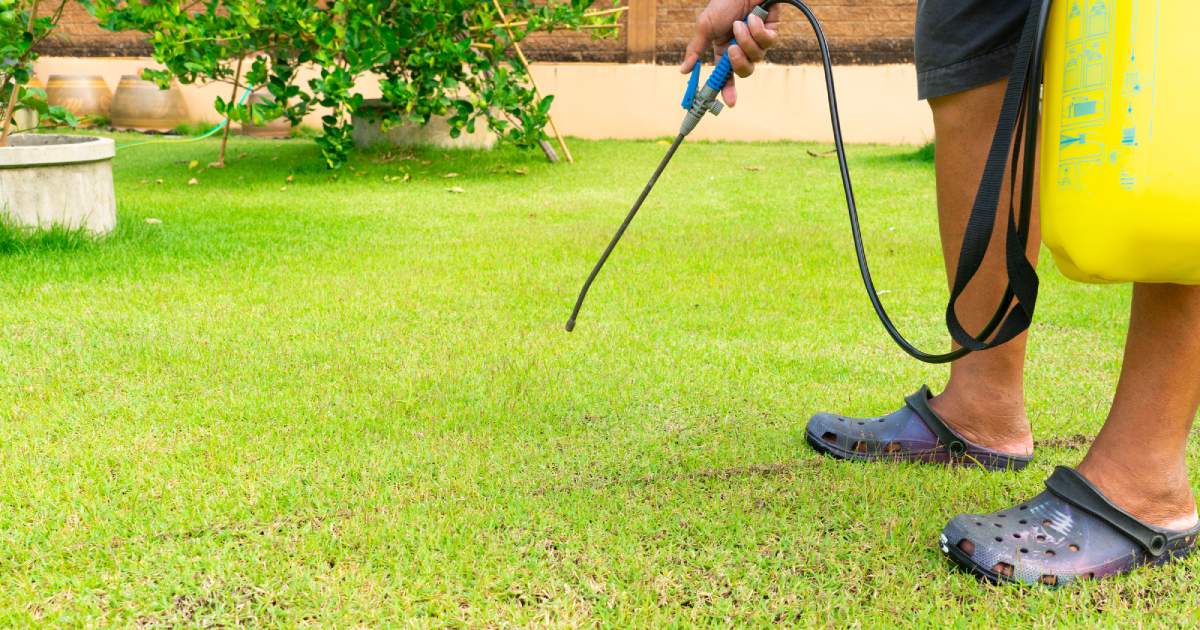

Landscaping Ideas
How Long After Using Tenacity To Plant Grass
Modified: October 18, 2024
Find expert landscaping ideas on how long to wait after using Tenacity to plant grass. Get the best tips for successful lawn establishment.
(Many of the links in this article redirect to a specific reviewed product. Your purchase of these products through affiliate links helps to generate commission for Storables.com, at no extra cost. Learn more)
Understanding the Impact of Tenacity on Grass Planting
Introduction
When it comes to achieving a lush and vibrant lawn, the process of planting grass requires careful consideration and strategic planning. For homeowners and landscaping enthusiasts, the use of herbicides like Tenacity can play a crucial role in preparing the soil for new grass seeds. However, a common question that arises is, "How long after using Tenacity can I plant grass?" This query stems from the desire to ensure successful grass establishment while effectively managing weed control.
To address this inquiry, it's essential to delve into the properties of Tenacity and its impact on the soil, as well as the factors that influence the timeline for planting grass after its application. By gaining a comprehensive understanding of these elements, individuals can make informed decisions and execute the grass planting process with confidence.
In this article, we will explore the relationship between Tenacity and grass planting, elucidating the factors that affect the timeframe for planting grass after using this herbicide. Additionally, we will provide practical insights and recommendations for successfully transitioning from herbicide application to grass seed sowing, empowering readers to achieve a thriving and resilient lawn. So, let's embark on this horticultural journey and unravel the optimal approach to planting grass after using Tenacity.
Key Takeaways:
- Wait 2-4 weeks after using Tenacity before planting grass to ensure the herbicide degrades, creating a favorable environment for successful grass growth.
- Carefully assess soil readiness, prepare the soil, select high-quality grass seeds, and follow strategic steps for optimal grass establishment after using Tenacity.
Read more: How Long After Planting Grass To Walk On It
Understanding Tenacity and Grass Planting
Before delving into the timing of planting grass after using Tenacity, it’s imperative to grasp the fundamental dynamics of this herbicide and its interaction with the soil. Tenacity, known by its active ingredient mesotrione, is renowned for its selective weed control properties, making it a valuable tool for managing unwanted vegetation in lawns and landscapes. Its unique mode of action disrupts the photosynthetic process in susceptible plants, effectively impeding their growth and vitality.
When considering the implications of using Tenacity in the context of grass planting, it’s essential to recognize its residual effects on the soil. While Tenacity is effective in targeting weeds, it’s crucial to allow for an appropriate timeframe between its application and the subsequent planting of grass seeds. This precaution is necessary to ensure that the herbicide’s residual presence does not impede the germination and establishment of the desired grass species.
Furthermore, understanding the soil’s capacity to support grass growth after Tenacity application is paramount. The herbicide’s influence on soil conditions, including factors such as nutrient availability and moisture retention, can significantly impact the success of grass establishment. By comprehending these dynamics, individuals can make informed decisions regarding the optimal timing for planting grass after using Tenacity, thereby maximizing the potential for a thriving and resilient lawn.
In essence, the relationship between Tenacity and grass planting hinges on a nuanced understanding of the herbicide’s impact on weed control, soil conditions, and the subsequent establishment of grass seeds. By navigating this intricate interplay, individuals can harness the benefits of Tenacity while orchestrating a seamless transition to a flourishing lawn, characterized by vibrant grass and minimal weed intrusion.
Factors Affecting Grass Planting After Using Tenacity
Several key factors come into play when determining the optimal timeframe for planting grass after using Tenacity. Understanding these influential elements is essential for orchestrating a successful grass planting endeavor while mitigating potential challenges. Let’s explore the pivotal factors that warrant careful consideration:
- Herbicide Degradation: The degradation rate of Tenacity in the soil is a critical factor that directly impacts the suitability for grass planting. As the herbicide gradually breaks down over time, its residual effects diminish, creating a favorable environment for grass seed germination and growth.
- Soil Composition: The composition and structure of the soil play a significant role in determining the readiness for grass planting after using Tenacity. Factors such as organic matter content, soil texture, and nutrient levels influence the soil’s capacity to support healthy grass establishment.
- Weed Control: While Tenacity effectively targets weeds, the extent of weed suppression and control achieved through its application can influence the subsequent planting of grass seeds. Balancing the need for weed management with the facilitation of optimal conditions for grass growth is crucial.
- Grass Species and Varieties: Different grass species and varieties exhibit varying levels of sensitivity to herbicides and environmental conditions. Understanding the specific requirements and tolerances of the intended grass species is essential for determining the ideal timing for planting after using Tenacity.
- Environmental Factors: External environmental conditions, including temperature, moisture levels, and seasonal variations, can impact the readiness of the soil for grass planting. Assessing these factors in conjunction with Tenacity application is vital for optimizing the conditions for successful grass establishment.
By carefully evaluating these factors and their interplay, individuals can make informed decisions regarding the timeline for planting grass after using Tenacity. This holistic approach enables the synchronization of herbicide application, soil preparation, and grass planting, culminating in a conducive environment for robust and resilient grass growth.
Wait at least 4 weeks after using Tenacity to plant grass seeds. This will ensure that the herbicide has had enough time to break down and won’t affect the new grass growth.
Recommended Timeframe for Planting Grass After Using Tenacity
Establishing a clear timeframe for planting grass after using Tenacity is instrumental in ensuring the successful integration of weed control and grass establishment. While the specific timeframe may vary based on various factors, a general guideline can provide valuable insights for navigating this process effectively.
Typically, it is advisable to wait for a minimum of 2 to 4 weeks after applying Tenacity before planting grass seeds. This timeframe allows for the herbicide to undergo significant degradation, reducing its residual effects on the soil. During this period, the soil undergoes a natural process of detoxification, gradually restoring optimal conditions for grass seed germination and growth.
However, it’s important to note that the recommended timeframe may be influenced by factors such as soil composition, environmental conditions, and the specific grass species being planted. Conducting a thorough assessment of these variables can refine the timeframe, ensuring that the soil is primed for successful grass establishment without compromising the efficacy of weed control.
Additionally, consulting the product label and guidelines provided by the manufacturer of Tenacity is essential for acquiring tailored recommendations regarding the interval between herbicide application and grass planting. These insights can offer specific directives based on the formulation, application rates, and environmental considerations, further refining the recommended timeframe for optimal results.
By adhering to a prudent timeframe for planting grass after using Tenacity, individuals can harmonize the objectives of weed management and grass establishment, fostering a landscape characterized by vibrant, healthy grass and minimal weed encroachment. This strategic approach encapsulates the essence of balanced horticultural stewardship, culminating in a flourishing and resilient lawn.
Steps to Planting Grass After Using Tenacity
Embarking on the process of planting grass after using Tenacity entails a series of strategic steps aimed at optimizing the conditions for successful grass establishment while effectively managing weed control. By methodically navigating these steps, individuals can orchestrate a seamless transition from herbicide application to the sowing of grass seeds, fostering a vibrant and resilient lawn. Let’s explore the essential steps for planting grass after using Tenacity:
- Assessing Soil Readiness: Before initiating the grass planting process, assess the soil’s readiness by considering factors such as herbicide degradation, soil composition, and environmental conditions. Ensure that the residual effects of Tenacity have sufficiently dissipated, creating a conducive environment for grass seed germination and growth.
- Soil Preparation: Prepare the soil by addressing any compaction issues, removing debris, and incorporating organic matter or soil amendments as needed. This step facilitates optimal soil structure and nutrient availability, laying the groundwork for robust grass establishment.
- Seed Selection: Choose high-quality grass seeds suited to the specific growing conditions and intended use of the lawn area. Selecting the appropriate grass species and varieties aligns with the desired aesthetic, functional, and environmental objectives, enhancing the overall success of the planting endeavor.
- Application of Grass Seeds: Distribute the grass seeds evenly across the prepared soil surface, ensuring comprehensive coverage. Consider employing a seed spreader or mechanical equipment to achieve uniform distribution, promoting consistent germination and growth.
- Soil Compaction and Watering: Gently compact the seeds into the soil to establish good seed-to-soil contact, facilitating the germination process. Subsequently, ensure adequate watering to provide essential moisture for seed germination and initial root development.
- Monitoring and Maintenance: Regularly monitor the newly planted grass seeds, adjusting watering frequency and addressing any emerging weed growth. Implement a diligent maintenance regimen to nurture the young grass, fostering healthy growth and resilience.
By meticulously adhering to these steps, individuals can navigate the process of planting grass after using Tenacity with precision and foresight, culminating in a landscape adorned with lush, vibrant grass and minimal weed intrusion. This holistic approach harmonizes weed management with grass establishment, encapsulating the essence of proactive and informed landscaping stewardship.
Conclusion
The intersection of weed control and grass planting represents a pivotal juncture in the pursuit of a thriving and verdant lawn. As we’ve explored the nuanced dynamics of using Tenacity and planting grass, it becomes evident that a balanced and informed approach is essential for achieving optimal results. By understanding the residual effects of Tenacity, assessing soil readiness, and orchestrating a strategic timeline for grass planting, individuals can navigate this horticultural endeavor with confidence and foresight.
Furthermore, the careful consideration of influential factors, such as herbicide degradation, soil composition, and environmental conditions, empowers individuals to make informed decisions regarding the optimal timeframe for planting grass after using Tenacity. This discerning approach aligns the objectives of weed management and grass establishment, fostering a landscape characterized by vibrant, healthy grass and minimal weed intrusion.
As individuals embark on the process of planting grass after using Tenacity, the adherence to meticulous steps, including soil preparation, seed selection, and diligent maintenance, serves as a testament to proactive landscaping stewardship. By methodically navigating these steps, individuals lay the groundwork for robust grass establishment, cultivating a resilient and visually captivating lawn.
In essence, the journey of planting grass after using Tenacity embodies the art of harmonizing ecological stewardship with the pursuit of a vibrant and enduring landscape. Through a synthesis of informed decision-making, strategic planning, and attentive execution, individuals can cultivate a lawn that stands as a testament to the seamless integration of weed control and grass establishment.
Ultimately, the synergy between Tenacity and grass planting underscores the transformative potential of horticultural stewardship, where the convergence of science and artistry yields a landscape that exudes vitality, resilience, and natural beauty.
Frequently Asked Questions about How Long After Using Tenacity To Plant Grass
Was this page helpful?
At Storables.com, we guarantee accurate and reliable information. Our content, validated by Expert Board Contributors, is crafted following stringent Editorial Policies. We're committed to providing you with well-researched, expert-backed insights for all your informational needs.

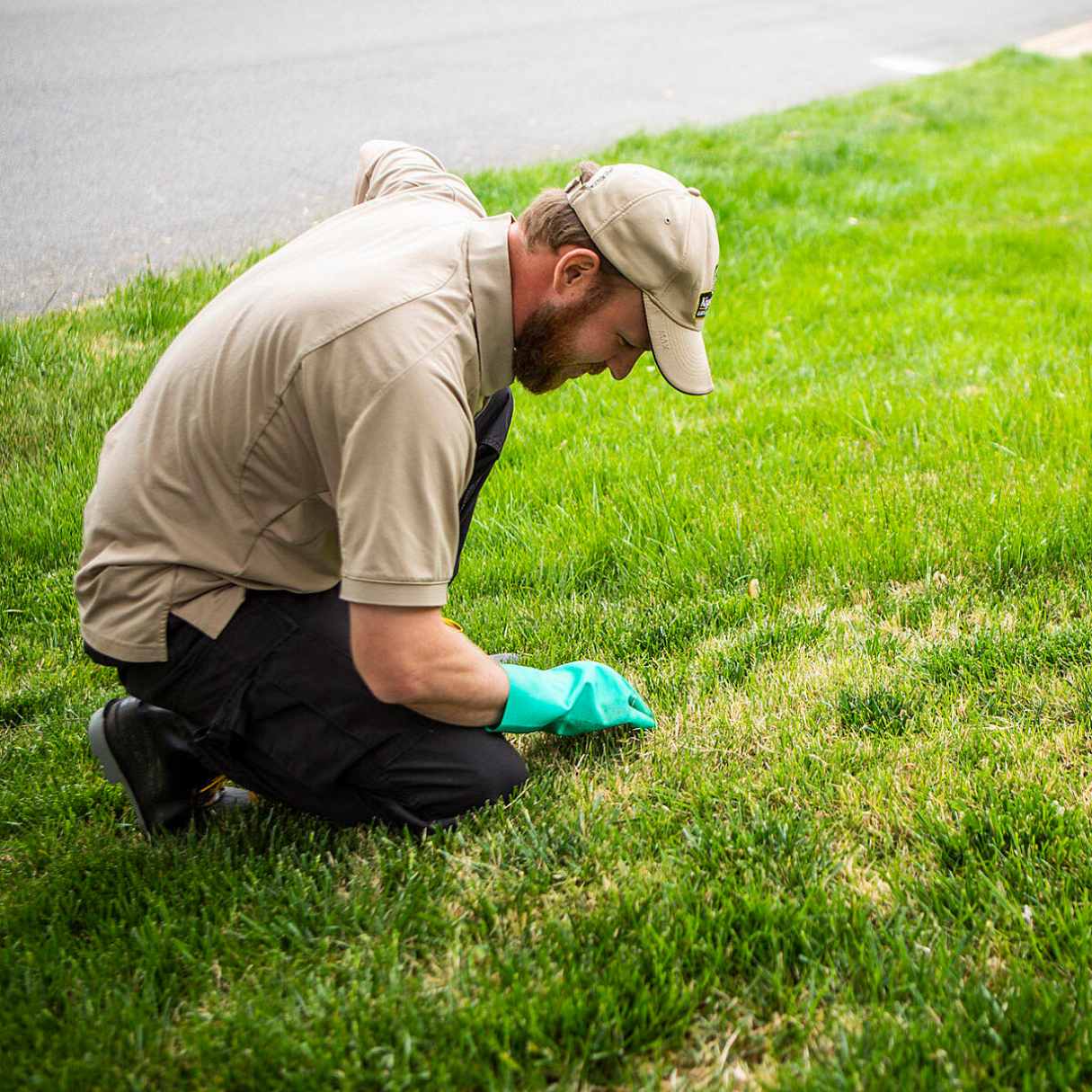
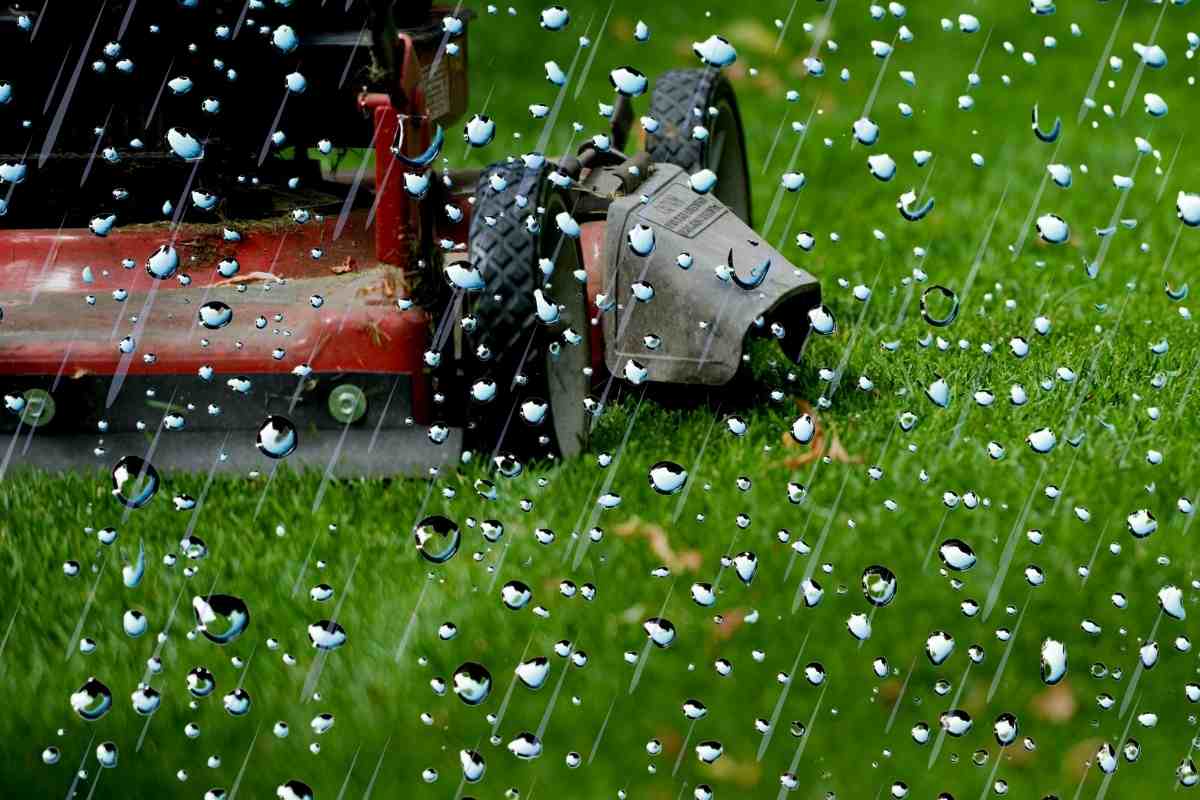
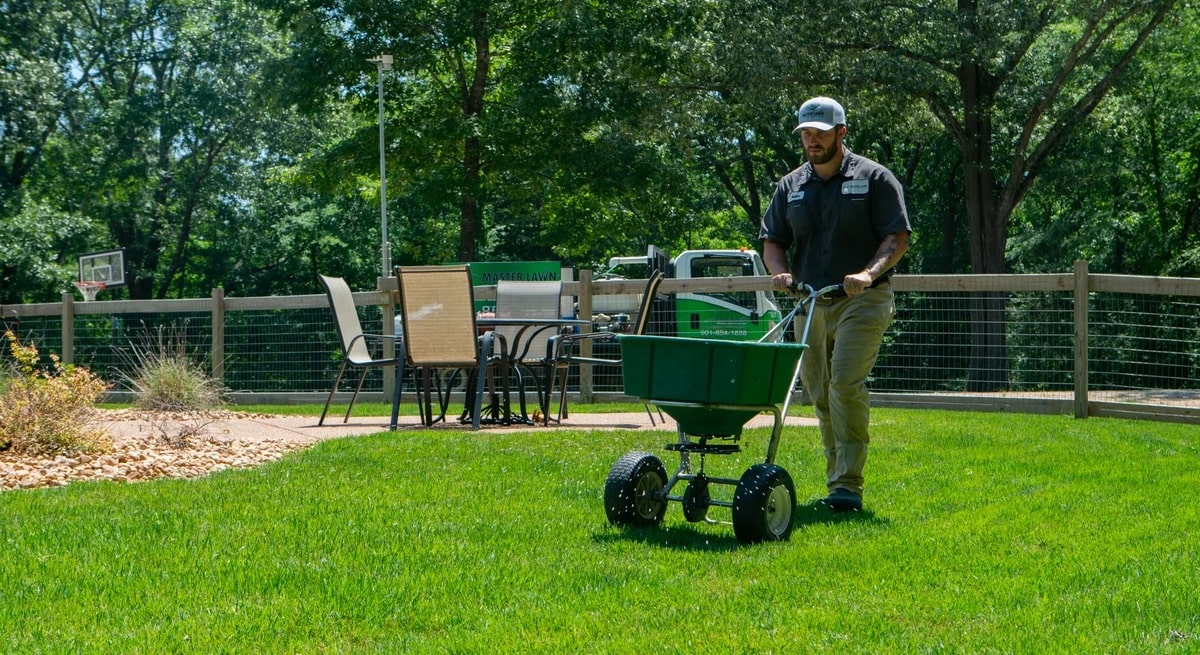
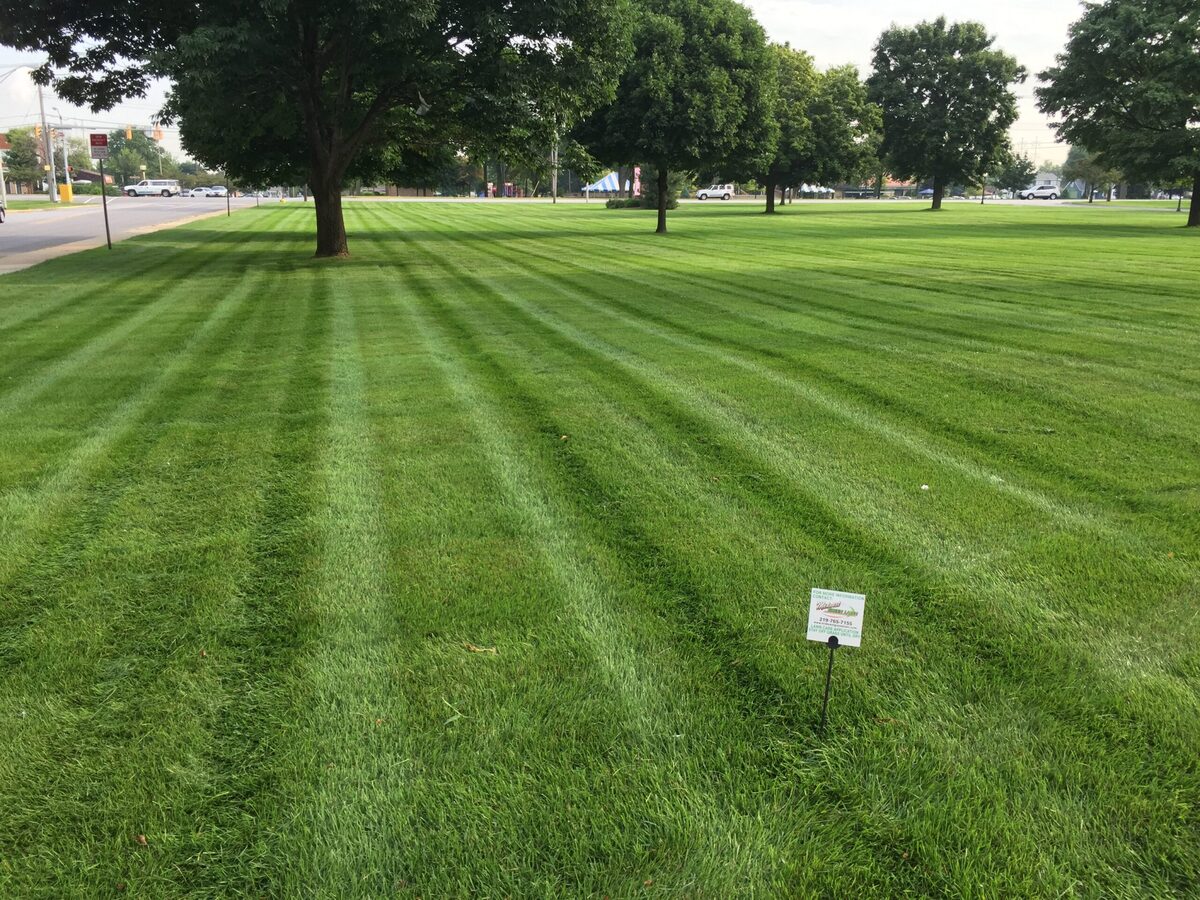
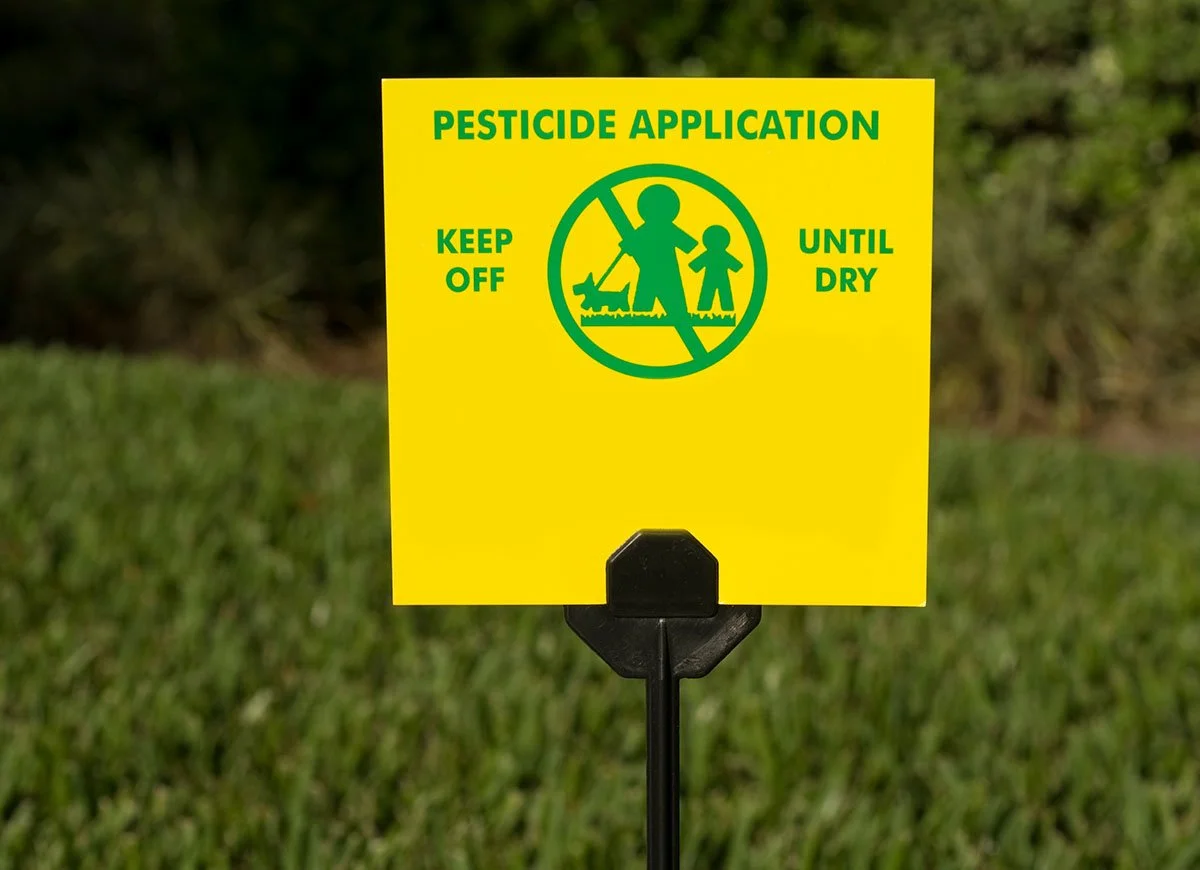
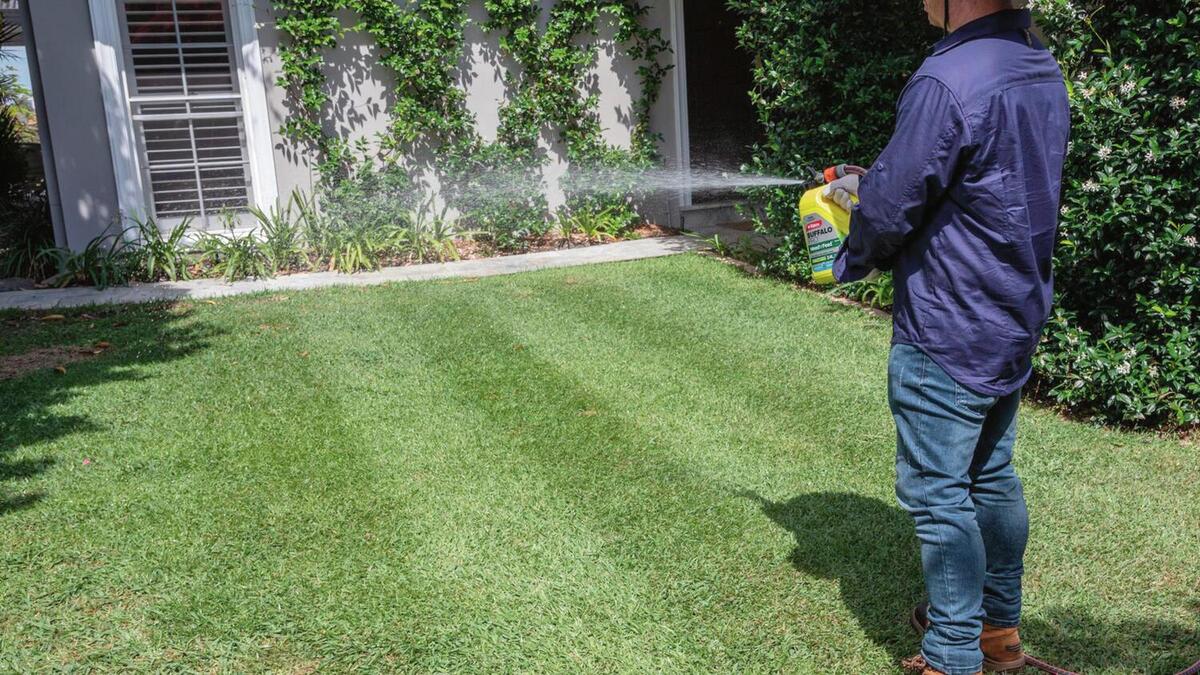
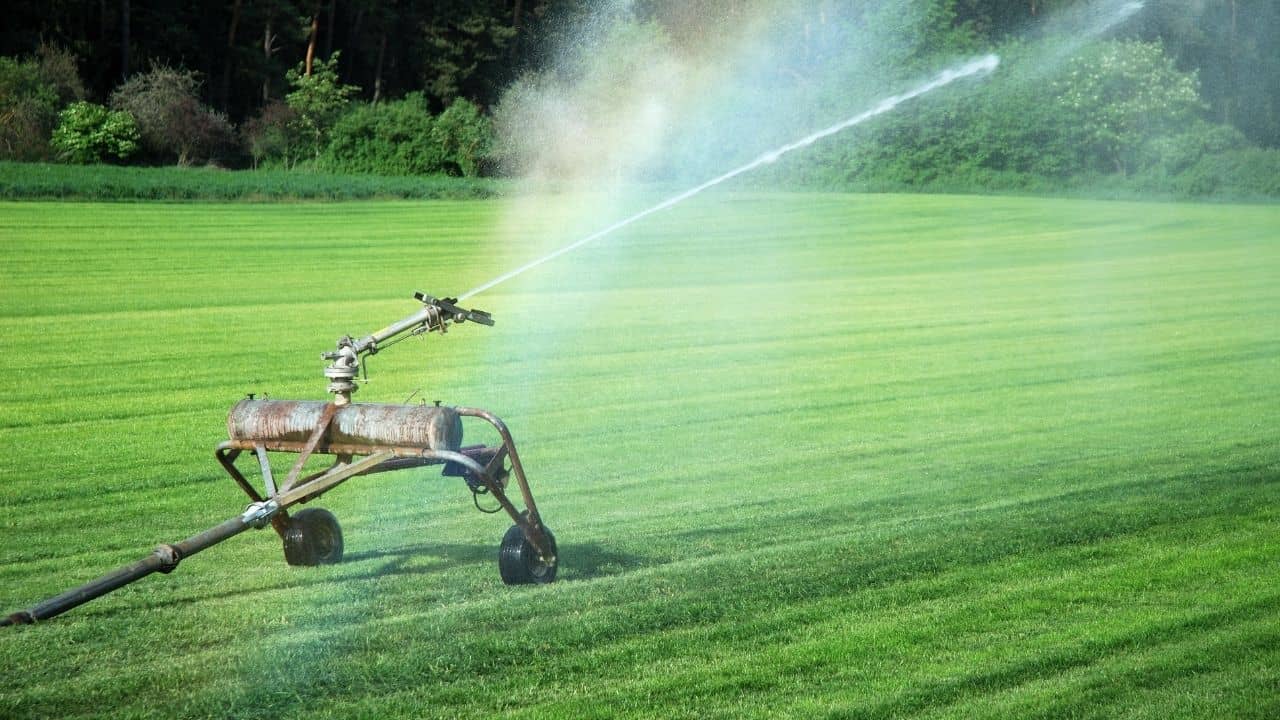
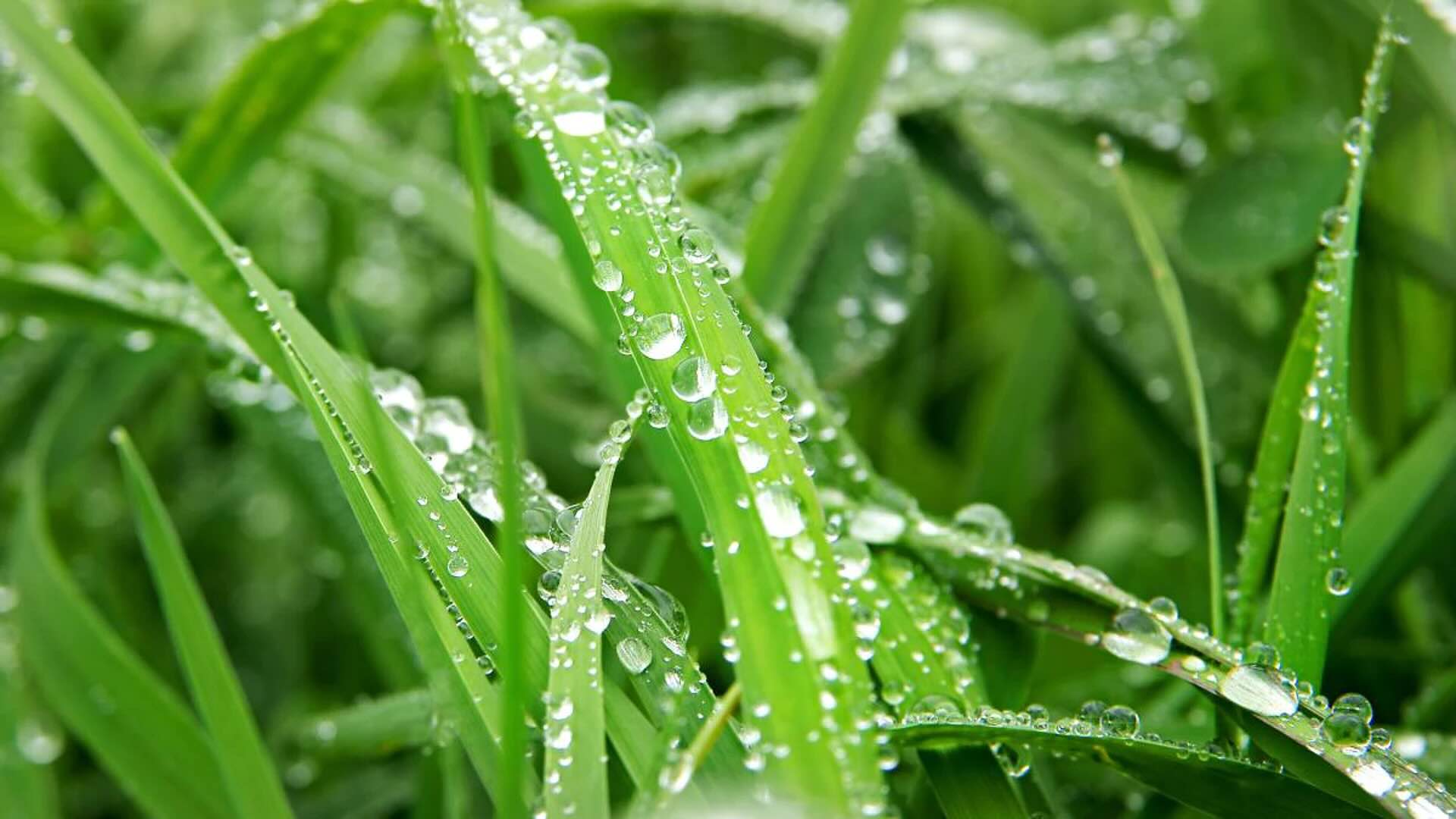

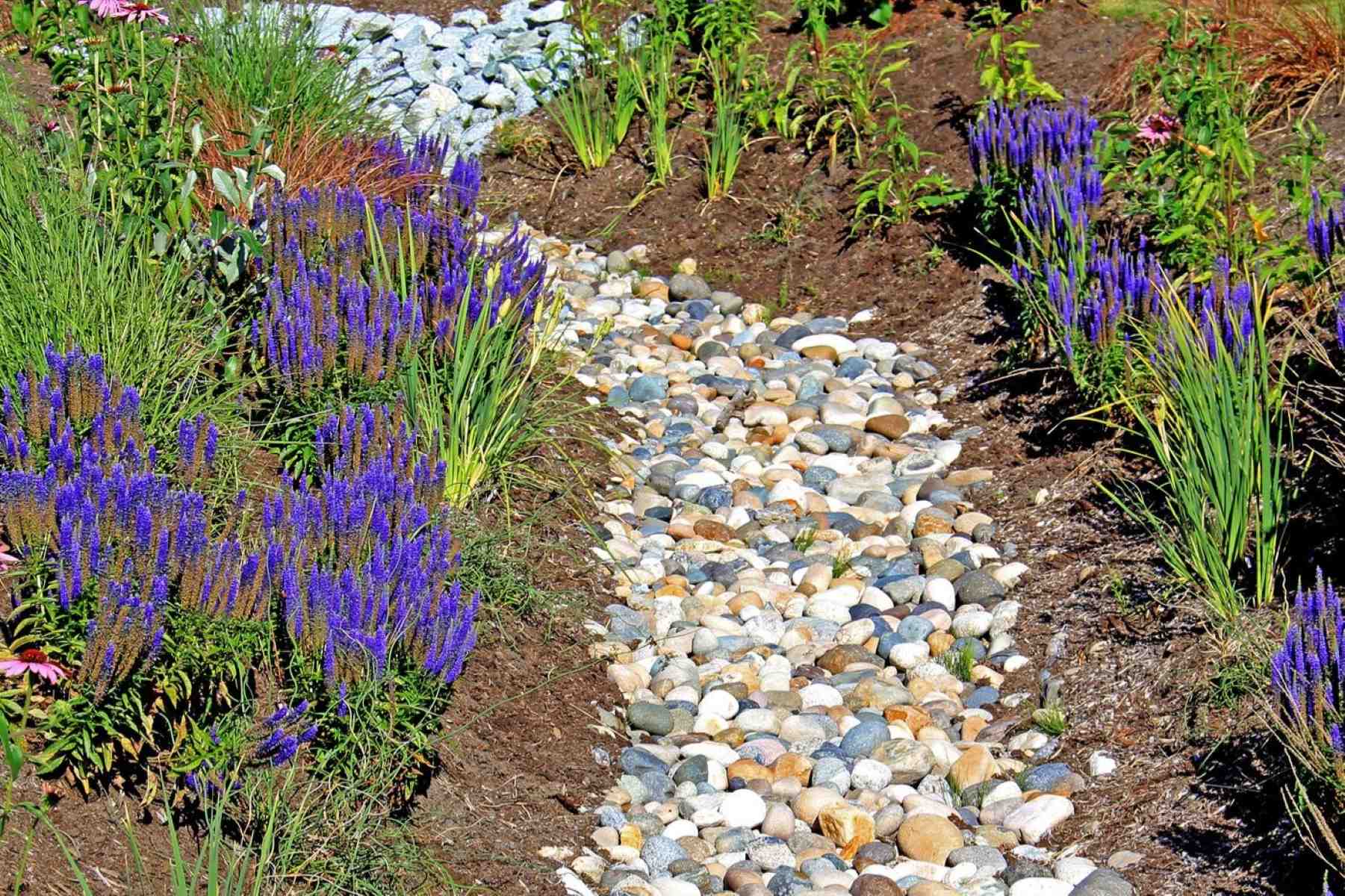

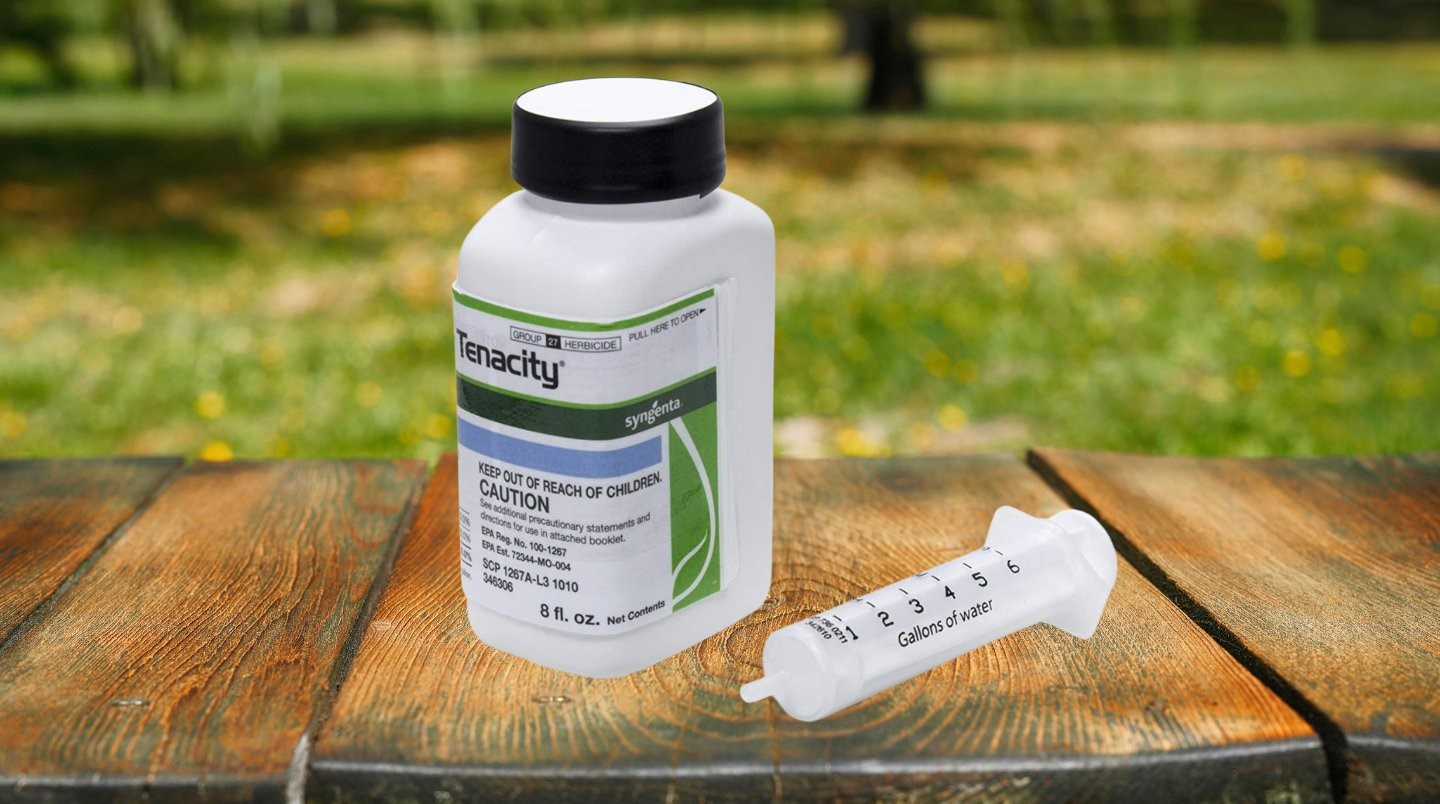
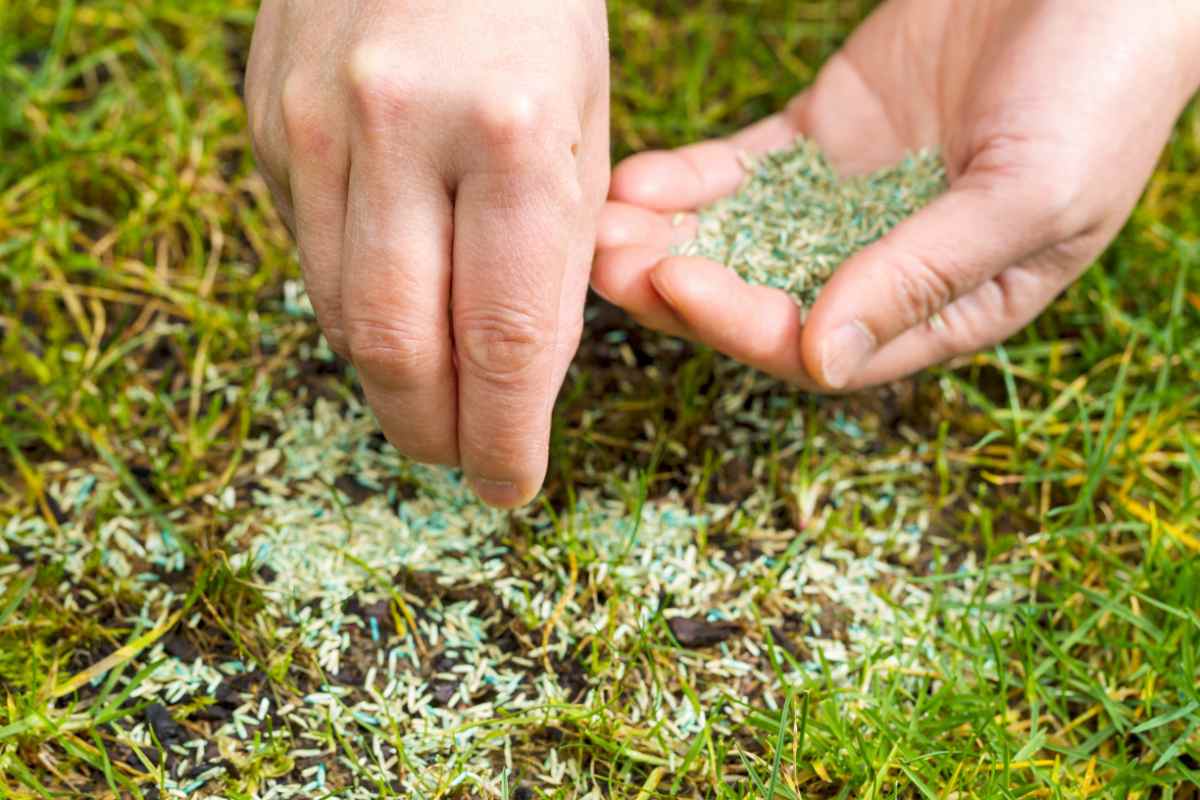

0 thoughts on “How Long After Using Tenacity To Plant Grass”